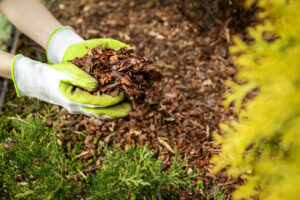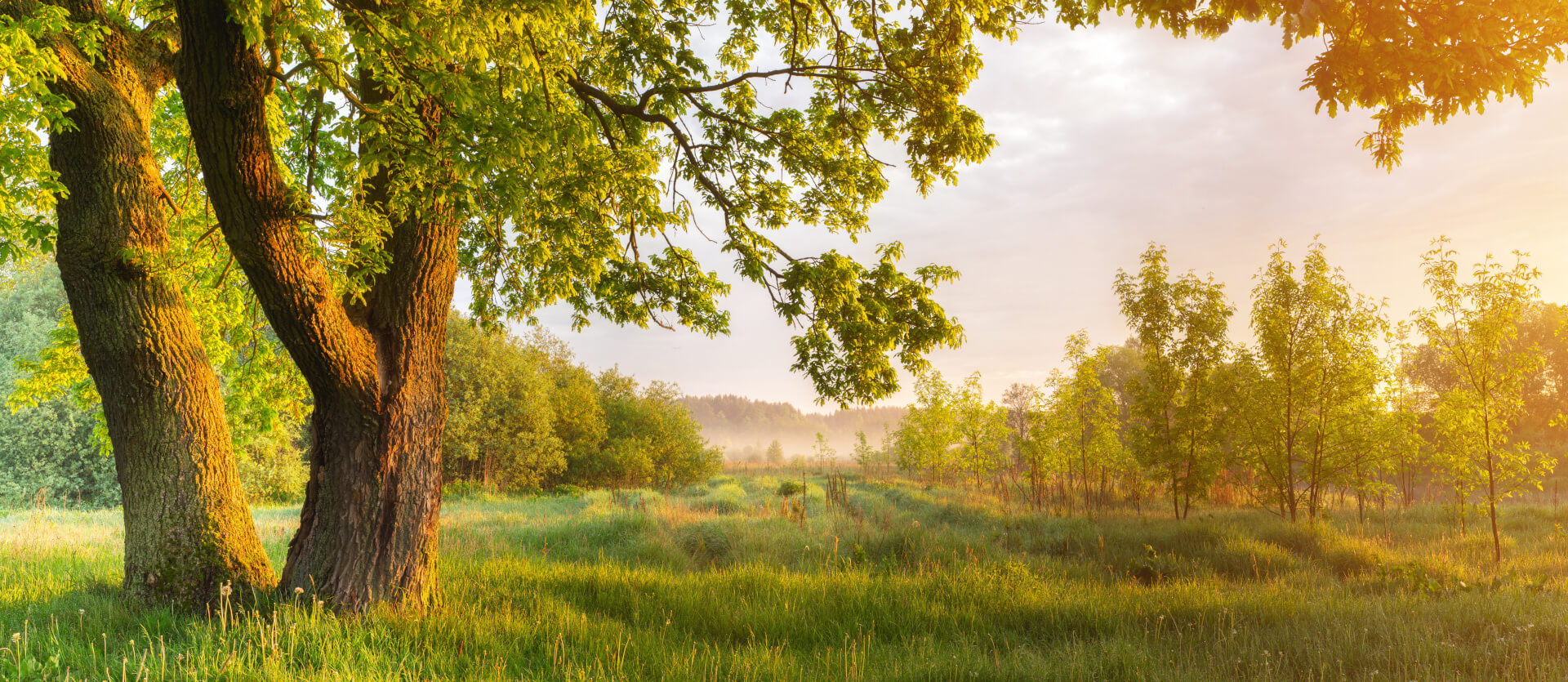The Basics Of Mulching
Mulching is an easy do-it-yourself garden improvement that can have dramatic results. Mulch Harrisburg PA provides many benefits such as shading roots on hot days, preventing moisture loss, and suppressing unwanted weeds.
It can be difficult to determine the best mulch material and how to lay it. There are a few important “do’s” and “don’ts.” Avoid plastic sheeting or landscape fabric because it stops rain, air, and nutrients from reaching the soil.

How To Mulch
Mulching is one of the most beneficial tasks that can be done to your garden or lawn. It helps conserve moisture, suppress weeds, improve soil quality, and give the landscape a finished look. Mulching can also save you time and energy by reducing the number of tasks that need to be completed, such as watering and weeding.
But before you start spreading mulch, it’s important to understand the different types and how they work. This will help you choose the best material and spread it properly. It’s also important to learn the best times of year to mulch, as well as how much you need.
There are two basic kinds of mulch, organic and inorganic. Organic materials include grass clippings, leaves, shredded bark, garden compost, sawdust, wood chips, and hay. These materials decompose to add valuable nutrients to the soil. When used in combination with a no-till gardening technique, they can be an excellent substitute for fertilizer. They also add texture to the soil, improving aeration and drainage.
A layer of organic mulch should be 2 to 3 inches thick. To determine how much you’ll need, calculate the area of your garden beds or flower pots in square feet and then multiply by the desired depth in inches. You can also use a measuring tape to measure the length and width of your bed. Then, convert the measurement to cubic feet by dividing it by 27.
Inorganic or synthetic mulches are made from a variety of materials, including wood chips, straws, and plastic. These materials are available in a wide range of colors and can match or contrast with the color of your home or landscaping features. They’re generally easier to work with than organic materials and are usually less expensive.
It’s best to choose organic mulches over inorganic ones, if possible. Organic materials are better for the environment and will decompose to provide vital nutrients to the soil as they break down. They’ll also add to the overall health of your soil, which is especially important if you’re planting in a vegetable or fruit garden.
Materials
When you are mulching, there are two kinds of materials to consider: organic and inorganic. The former includes a wide variety of plant material that decomposes to help improve the soil, such as garden compost, wood chips, processed bark, leaves (shredded), straw, well-rotted manure, coconut or banana peels, and seaweed.
Inorganic mulches, on the other hand, are non-biodegradable and will last for years before needing to be replaced. They include shredded newspaper, cardboard, shredded office paper, and other recycled materials. They are less attractive than organic mulches, but they hold up better against sunlight and rain and don’t tie up the valuable nutrients that the plants need for growth.
Mulch suppresses weeds by blocking light needed for them to germinate and grow, and physically prevents them from growing out of the ground. It also helps conserve moisture by shading the soil and acting as a blanket. A good mulch will increase the number and activity of earthworms in the soil, and it can prevent soil erosion by preventing surface runoff.
Using mulch is one of the easiest ways to save water in a garden. It helps the soil retain its moisture in summer and allows rainwater to penetrate the soil in winter, and it keeps the roots of plants warm in winter while allowing them to cool down in summer.
The best mulches are made from naturally occurring organic material, such as shredded leaves, grass clippings, straw, wood chips, or hay. When these types of organic materials are used as mulch, they enrich the soil as they decompose, introducing organic matter and improving its texture and structure. They also help to regulate the soil temperature and to inhibit the germination of weeds.
To determine how much mulch is needed, first measure the area in square feet. A cubic yard of mulch will cover 100 square feet, so you should purchase enough to fully cover the area(s) that you wish to mulch. The math doesn’t have to be exact, though – it is easy to overlap a little in the corners or where the mulch is going around curved planters.
Spreading
Mulching is one of the oldest garden practices. For centuries people have used hay, straw, leaves, wood chips, cardboard, and grass clippings to cover the soil around their trees, plants, and gardens to protect them from harsh weather conditions and to keep weeds from growing. Organic mulches also add organic material, minerals, and nutrients to the soil as they decompose. Mulching helps save water in summer, allows rain to penetrate the soil in winter, and makes it easier to work in the garden without damaging the roots of your plants.
Mulch also suppresses soil-borne diseases. Most plant diseases are transmitted by fungi living in the soil. To infect a plant, these pathogens must make contact with the lower foliage of the plant. Splashing water from rain or when you irrigate your garden can carry disease-causing spores up through the soil and onto the lower foliage of your plants. Mulch blocks the spores from moving up into the air and infecting the plant, so it significantly reduces your risk of developing plant diseases.
It’s a great way to recycle your grass clippings. Mulching uses the finely chopped, shredded, and pulverized grass cuttings that are normally shot out of the back of your lawn mower into collection bags or sent to the trash. These clippings then recirculate within the body of the lawn mower and get cut again into even smaller particles by the curved mulching blade, and deposited back on the lawn. The mulching process releases many of the same essential nutrients that are released when you mow your grass, and it protects the lawn from drying out and becoming weedy.
And it’s a great way to keep the soil a nice dark color. Over time, organic mulches such as grass clippings and hay decompose into the soil and make it look richer. This is because they release nutrients such as nitrogen, phosphorus, and potassium, plus other micro-nutrients such as copper, iron, manganese, and zinc. The richer the soil, the healthier your plants will be. The mulch also prevents light from reaching the bare ground, which can inhibit the growth of new grass and weeds.
Removing
Mulching is an important tool for a garden, whether you’re trying to protect plants from the elements, provide a tidy look, or simply give your landscape a little extra boost. However, it’s also a good idea to remove your mulch from time to time to refresh the soil and prevent disease problems. Fortunately, with the right tools and timing, mulch removal can be relatively simple and painless.
One of the most important things to keep in mind when removing mulch is that you should always use caution and work safely. Make sure to wear appropriate clothing, including gloves and a mask if necessary. You should also take this opportunity to clean up any debris that’s accumulated since your last mulching session. This can include fallen leaves, twigs, and other plant material that could get mixed in with your new layer of mulch.
Once the old mulch is removed, it’s a good idea to compost it rather than throw it away. This will add organic matter to your garden and help with the breaking down of other materials in the compost pile. Plus, it’s an excellent way to recycle any yard waste that you might have.
Depending on the type of mulch, it can also help with water conservation and even reduce the need for weeding. For example, biodegradable materials like wood chips, processed conifer bark, and leaf mold help to conserve moisture by reducing evaporation from the soil surface. Additionally, these materials break down gradually to add nutrients to the soil.
In addition, many organic mulches also allow rainwater to percolate slowly through them, rather than washing away the soil and polluting storm drains. This also helps to keep soil firmly in place, which can prevent erosion and damage to nearby driveways or sidewalks.
On rare occasions, a layer of mulch may become matted or develop fungus and mold. However, in most cases merely fluffing the mulch using a rake or cultivator will help to resolve the issue. It’s a good idea to replace the mattened mulch with fresh, clean material to ensure that your garden is protected from fungal and bacterial diseases.

